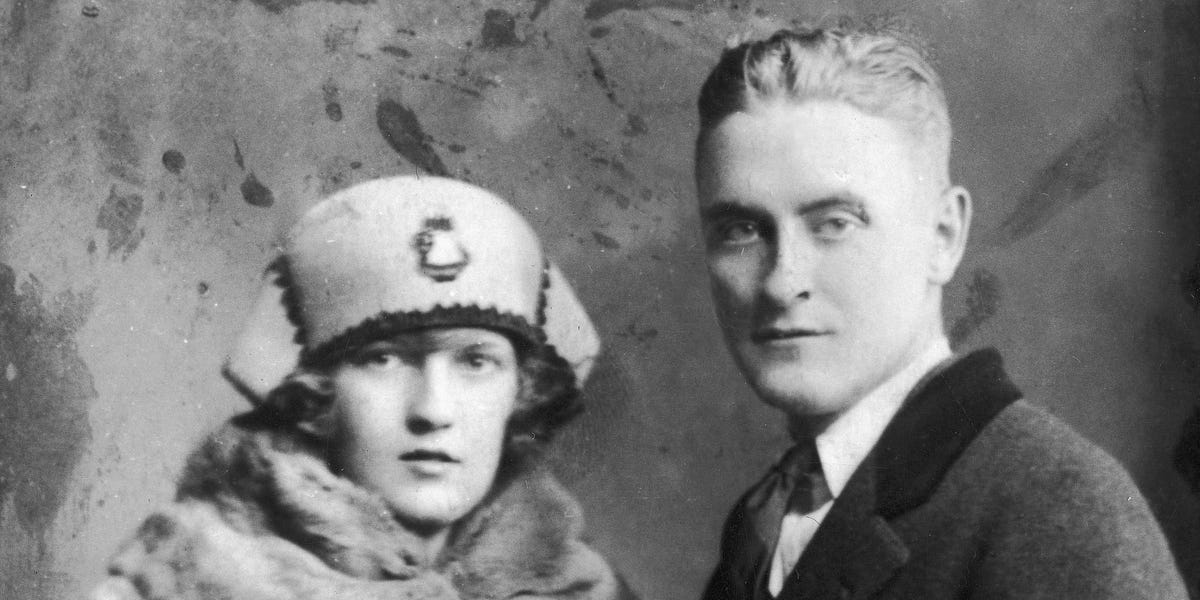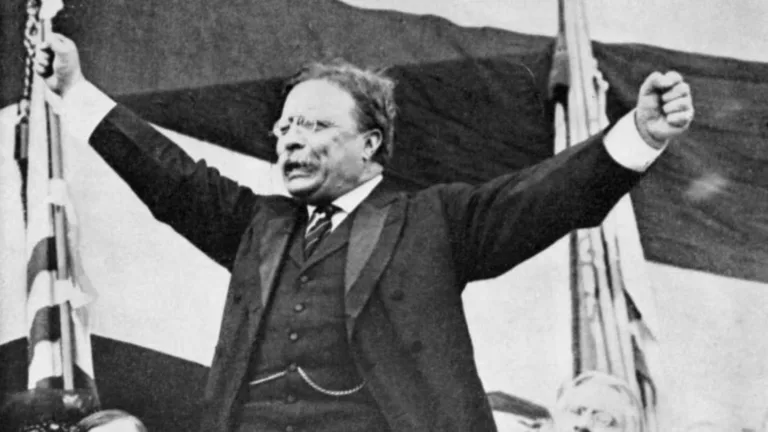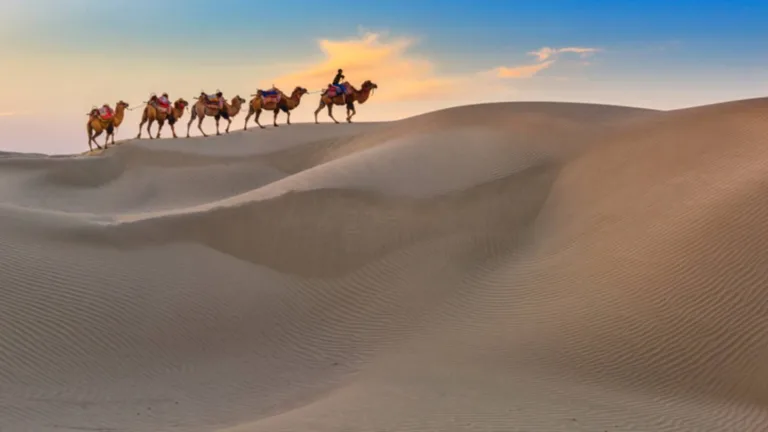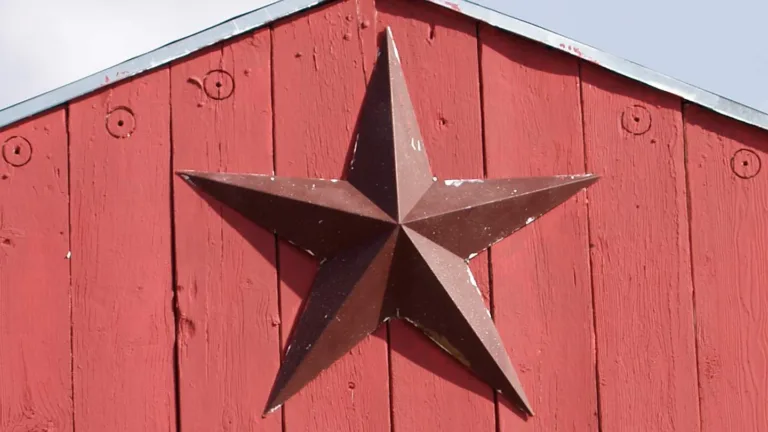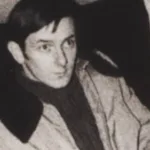The 1920s were a decade of dramatic change and unprecedented social upheaval. Emerging from the shadows of World War I, the world was eager to embrace a new era of progress and liberation. This sense of optimism and excitement fueled a cultural revolution that swept across the globe, leaving an indelible mark on art, music, fashion, and literature.
This period, Often Referred To As “The Roaring Twenties,” was characterized by a spirit of exuberance and a rejection of traditional norms. Influential people in the 1920s, from artists to writers to musicians, helped define this new era, pushing boundaries and challenging conventions. They captured the zeitgeist of the time, reflecting both the joy and anxieties of a world on the cusp of transformation.
From the jazz-infused clubs of Harlem to the art deco skyscrapers of New York City, the 1920s pulsated with energy and innovation. People in the 1920s yearned for freedom, self-expression, and a taste of the “Good Life,” paving the way for the modern World We Know Today.
Icons of The Jazz Age
The Jazz Age wasn’t just a musical movement; it was a cultural phenomenon that swept through the 1920s, electrifying cities with its infectious rhythms and rebellious spirit. Jazz music became synonymous with the era, capturing the energy, optimism, and sense of liberation that defined the time. Its improvisational nature mirrored the restless experimentation happening across all facets of society.
From smoky nightclubs to grand concert halls, jazz artists captivated audiences with their virtuosity and innovative sounds. Legends like Louis Armstrong, Duke Ellington, and Bessie Smith became household names, their music transcending racial boundaries and uniting people in a shared love for the rhythm and blues. They weren’T Just Musicians; they were cultural icons who embodied the spirit of The Jazz Age, challenging norms and paving the way for future generations of artists.
The influence of jazz extended far beyond the realm of music. It seeped into fashion, literature, and even dance, shaping the visual and artistic landscape of the 1920s. Influential people in the 1920s, like Josephine Baker, who incorporated jazz rhythms into her Dazzling Performances, Helped Solidify Jazz’s place as a defining force of the decade.
Fashion and Style Revolution
The 1920s witnessed a seismic shift in fashion and style, leaving behind the restrictive corsets and long skirts of the Victorian era for a more liberated and modern aesthetic. Women, in particular, embraced this change with gusto, demanding clothing that reflected their newfound sense of independence and freedom.
Coco Chanel emerged as a revolutionary figure, challenging traditional notions of femininity with Her Designs. Her iconic little black dress became a symbol of sophistication and elegance, while her use of jersey fabric introduced comfort and practicality to women’s wardrobes. The flapper style, characterized by shorter hemlines, Dropped Waistlines, and loose-Fitting Garments, embodied the youthful exuberance and rebellious spirit of the era.
This revolution in fashion wasn’T Confined To Clothing; It Extended To Hairstyles, accessories, and even makeup. Influential people in the 1920s, like Louise Brooks with her signature Bob Haircut, Became Trendsetters, influencing women around the world to experiment with new looks and express Themselves Through Their Style. The 1920s fashion was a bold statement of change, reflecting the societal transformations taking place at the time.
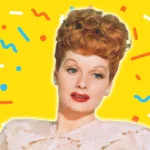 Legends Born in August: Notable Figures of History
Legends Born in August: Notable Figures of HistoryThe Rise Of Criminal Empires
While the 1920s were a time of great prosperity and social change for many, they also witnessed the rise of Organized Crime, fueled by Prohibition and a growing demand for illegal goods and services. This era saw the emergence of notorious gangsters who built vast criminal empires, wielding power and influence that rivaled Legitimate Businesses.
Al Capone’s name became synonymous with this criminal underworld. His Chicago Outfit controlled bootlegging, gambling, and prostitution, amassing immense wealth and terrorizing communities. Prohibition inadvertently created a lucrative black market, allowing influential people in the 1920s like Capone to exploit the situation and gain control of key industries.
The rise of these criminal empires cast a dark shadow over the decade’s glamour and excitement. It highlighted the societal tensions and inequalities that existed beneath the surface of The Roaring Twenties, ultimately leading to a crackdown on organized crime in the years that followed.
Literature Reflects the Era
The 1920s witnessed a flourishing of literary talent, with writers capturing the spirit, anxieties, and complexities of this transformative era. From modernist experimentation to social commentary, literature became a powerful reflection of the decade’s Cultural Landscape.
F. Scott Fitzgerald’s Iconic Novel “The Great Gatsby” perfectly encapsulates the allure and disillusionment of The Jazz Age. Its depiction of lavish parties, Unfulfilled Dreams, and the pursuit of the American Dream resonated deeply with readers, offering a poignant commentary on the societal values and contradictions of the time. Other notable authors like Ernest Hemingway and Gertrude Stein explored themes of love, loss, and identity through their innovative writing styles, further solidifying the 1920s as a golden age for literature.
Influential people in the 1920s, Like These Writers, used their words to illuminate the complexities of a rapidly changing world. Their works continue to be studied and celebrated today, offering valuable insights into the social, cultural, and artistic landscape of this pivotal decade.
A Decade’s Legacy
The 1920s, though a relatively short period in history, left an enduring legacy that continues To Shape Our World Today. Its impact on fashion, music, art, and social norms is undeniable, paving the way for the modern Era We Know Today.
From the flapper dresses and bobbed haircuts to the jazz music and Groundbreaking Literary Works, the 1920s introduced a sense of modernity and experimentation that challenged traditional values. This spirit of innovation and change Continues To Inspire Us, reminding us to embrace new ideas and push boundaries. While the decade also witnessed its share of darkness, including the rise of organized crime and social inequalities, it ultimately serves as a reminder of the complexities and contradictions inherent in progress.
The 1920s, a decade often romanticized for its glamour and exuberance, remains a fascinating period in history, offering valuable lessons about societal transformation, Cultural Evolution, and the enduring power of human creativity. Influential people in the 1920s, Through Their Artistic Expressions, Social Activism, and groundbreaking achievements, helped shape the course of history, leaving behind a legacy that continues to resonate with us today.
More for curious minds
Unlock extra content and exclusive deals tailored to your interests.

